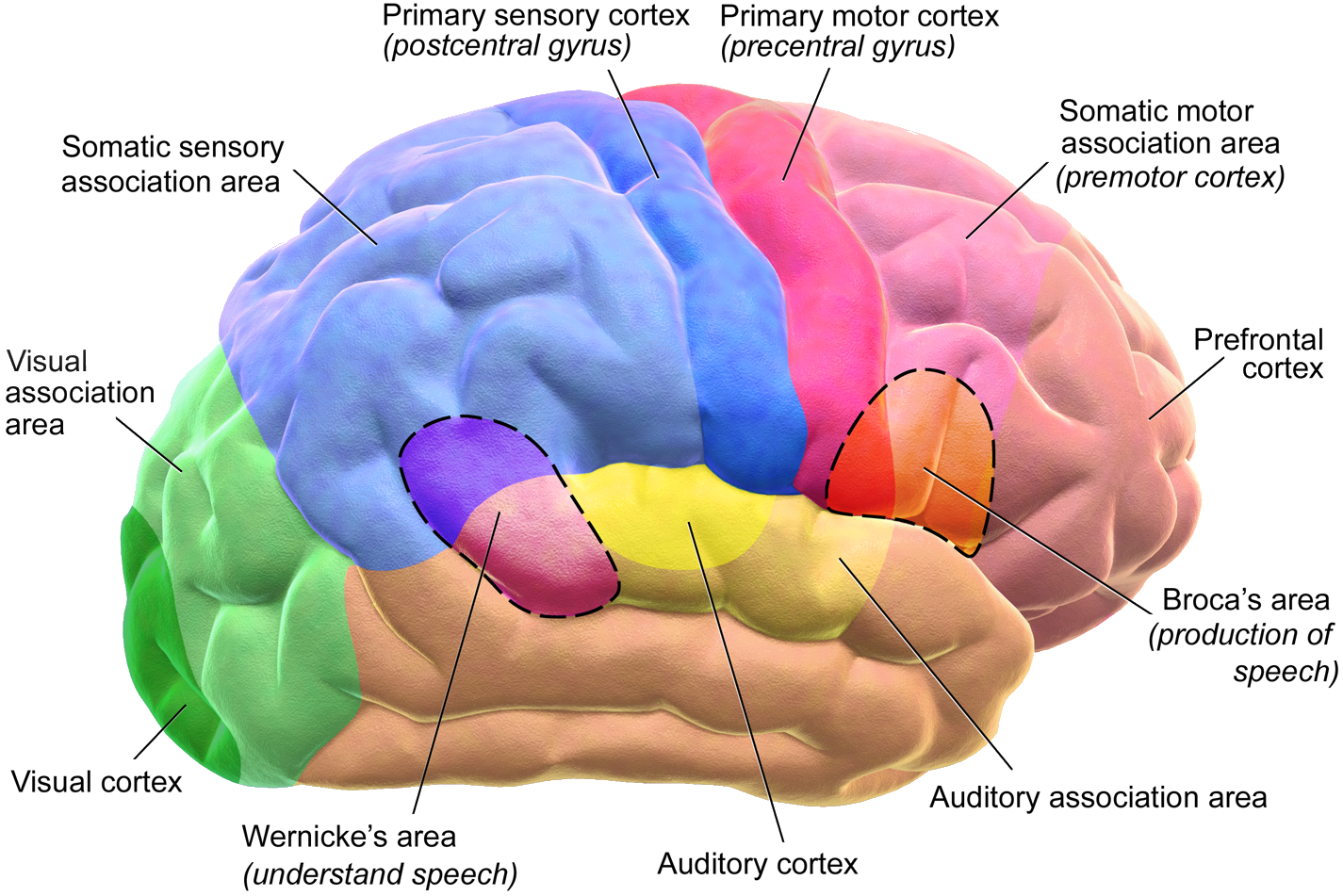What's up with Marijuana and Pain?
I have at least a few patients per week ask my opinion on marijuana for chronic pain. It's all over the media, and certainly running around in many Facebook groups for pain sufferers. So, is there really anything to this? Actually, there is. With a quick medical literature review, one can find oodles of legitimate research about marijuana, its effects on pain, and its ability to augment the effects of opiate narcotics. The better question is "Why is it still an "investigational" drug?" Unfortunately, I don't have any power over the regulation of medical marijuana. However, I and many of my colleagues are pretty convinced that there's enough evidence for marijuana's benefit in pain management to make a good argument for a change in its drug status.
Do I recommend marijuana to my patients?
In Texas, marijuana possession is still punished pretty severely. There is a very restrictive law allowing low-THC, high-CBD in Texas, of which some people are taking advantage. A lot of states, however, have laws regarding marijuana and its derivatives making it quite legal. About half of the States allow marijuana in some form, either broadly legal for recreational use, or for specific cases such as epilepsy or cancer.
 What's the difference between marijuana, CBD, and THC?
What's the difference between marijuana, CBD, and THC?
Marijuana is the whole cannabis sativa plant. It contains two active substances called tetrahydrocannabinol (THC) and cannabidiol (CBD). Both of these interact with receptors in your body and brain, but in different ways.
THC is the major psychoactive substance, meaning it's what causes the "high" you get when you smoke marijuana or ingest it. It mimics the effect of two natural chemicals that your body makes, anandamide and 2-AG. It also is the substance that is thought to be detrimental to your health. It has an addiction potential, alters brain development in teens increasing the risk for substance abuse (gateway drug theory), increases chances of psych issues like schizophrenia, reduces school grades and overall lifetime achievement, and makes it more likely for you to get in a car accident (especially if you're drinking alcohol too).
CBD oil is the non-psychoactive substance. It actually looks a lot like THC in its chemical make-up, but the bonds are a little different. This prevents it from creating the "high", and also reduces pretty significantly the undesirable side effects of THC listed above. It has been shown in clinical research to have a mostly positive effect on:
Nausea and vomiting
Appetite (increasing it in cancer patients)
Pain
Anxiety
Sleep
I can make "marijuana"; so can you!
 I must admit, you and I don't really make marijuana, per se. But our bodies and brains make two substances that activate the same receptors as marijuana. Basically, if marijuana creates an effect in the brain, then it is activating a receptor. Those receptors are there because our bodies make chemicals that bind to them. The chemicals I'm talking about I listed above, anandamide and 2-AG. These are naturally made by your body and bind the endocannabinoid receptors in your body, spinal cord, and brain.
I must admit, you and I don't really make marijuana, per se. But our bodies and brains make two substances that activate the same receptors as marijuana. Basically, if marijuana creates an effect in the brain, then it is activating a receptor. Those receptors are there because our bodies make chemicals that bind to them. The chemicals I'm talking about I listed above, anandamide and 2-AG. These are naturally made by your body and bind the endocannabinoid receptors in your body, spinal cord, and brain. Activating endocannabinoid receptors does a few things, one of which is reducing pain sensitivity. It does this by down-regulating pain sensors, and also by augmenting the effects of natural and synthetic narcotics.
How do I make marijuana?
Should I get CBD Oil for my Pain?
Again, I can't recommend something that is illegal in many places. I can say that if your state has legalized use of marijuana, that there is proven medical benefit of CBD oil on pain perception. Take that for what its worth. I do, however, highly recommend using exercise to create the same response. Exercise has all sorts of benefits other than activating cannabinoid receptors. Obviously, it helps with weight loss, maintaining healthy bones, and heart status. It also improves your microbiome (see You Feel What You Eat). So, get out and exercise! And maybe consider CBD oil if it's legal in your state.References
https://www.cnn.com/2018/04/29/health/medical-marijuana-opioids/index.html
https://www.ncbi.nlm.nih.gov/pubmed/29513392
https://www.thelancet.com/action/showPdf?pii=S2468-2667%2818%2930110-5
https://www.ncbi.nlm.nih.gov/pmc/articles/PMC4302052/
https://statelaws.findlaw.com/texas-law/texas-marijuana-laws.html
https://cbdoilreview.org/cbd-cannabidiol/thc-cbd/
https://www.ncbi.nlm.nih.gov/pmc/articles/PMC4827335/
https://www.ncbi.nlm.nih.gov/pubmed/21175589
https://www.ncbi.nlm.nih.gov/pmc/articles/PMC1724924/
https://www.ncbi.nlm.nih.gov/pmc/articles/PMC1724924/pdf/v038p00536.pdf







 Laughter
Laughter





















